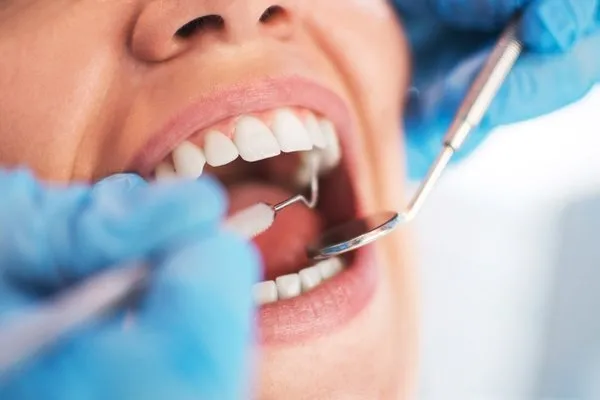
Tips to Prevent Tooth Decay
Tooth decay is a condition that people avoid and do not want to have because it is disturbing both visually and in terms of oral care. Tooth decay is a condition that people avoid and do not want to have because it is disturbing both in appearance and in oral care. Tooth decay can occur at any age, whether young or middle-aged. Tooth decay is usually caused by products eaten and drunk. The acid that accumulates and forms on dental plaque can begin to break down your tooth surface, leading to gum disease and tooth loss. Tooth decay has no symptoms in its early stages; Only dentists or dental x-rays can detect early stage tooth decay. Generally, the surfaces between two teeth are more prone to decay. Cavities occur due to food debris and plaque getting stuck in these areas.
Tips to Prevent Tooth Decay
Brushing Teeth
The most important maintenance of oral and dental health is regular and correct brushing of teeth. Teeth should be brushed at all ages, at least twice a day, using circular movements. Toothbrush should be renewed every 3 months.
Flossing
Just brushing your teeth is not enough for oral and dental health. The spaces between the teeth where the toothbrush cannot reach are generally more prone to decay. These parts of the teeth can be easily cleaned with the help of dental floss.
Using Oral Care Water
Mouthwash can help disinfect your mouth after brushing your teeth and kill bacteria that cause tooth decay. Additionally, if it contains fluoride, it will also contribute to the strengthening of your teeth.
Regular Dentist Checkup
Having regular dental check-ups by your dentist helps diagnose all dental diseases at an early stage. It is very important to prevent possible oral and dental diseases and prevent the progression of diseases. It is a situation they do not want. Tooth decay can occur at any age, whether young or middle-aged. Tooth decay is usually caused by products eaten and drunk. The acid that accumulates and forms on dental plaque can begin to break down your tooth surface, leading to gum disease and tooth loss. Tooth decay has no symptoms in its early stages; Only dentists or dental x-rays can detect early stage tooth decay. Generally, the surfaces between two teeth are more prone to decay. Cavities occur due to food debris and plaque getting stuck in these areas.


